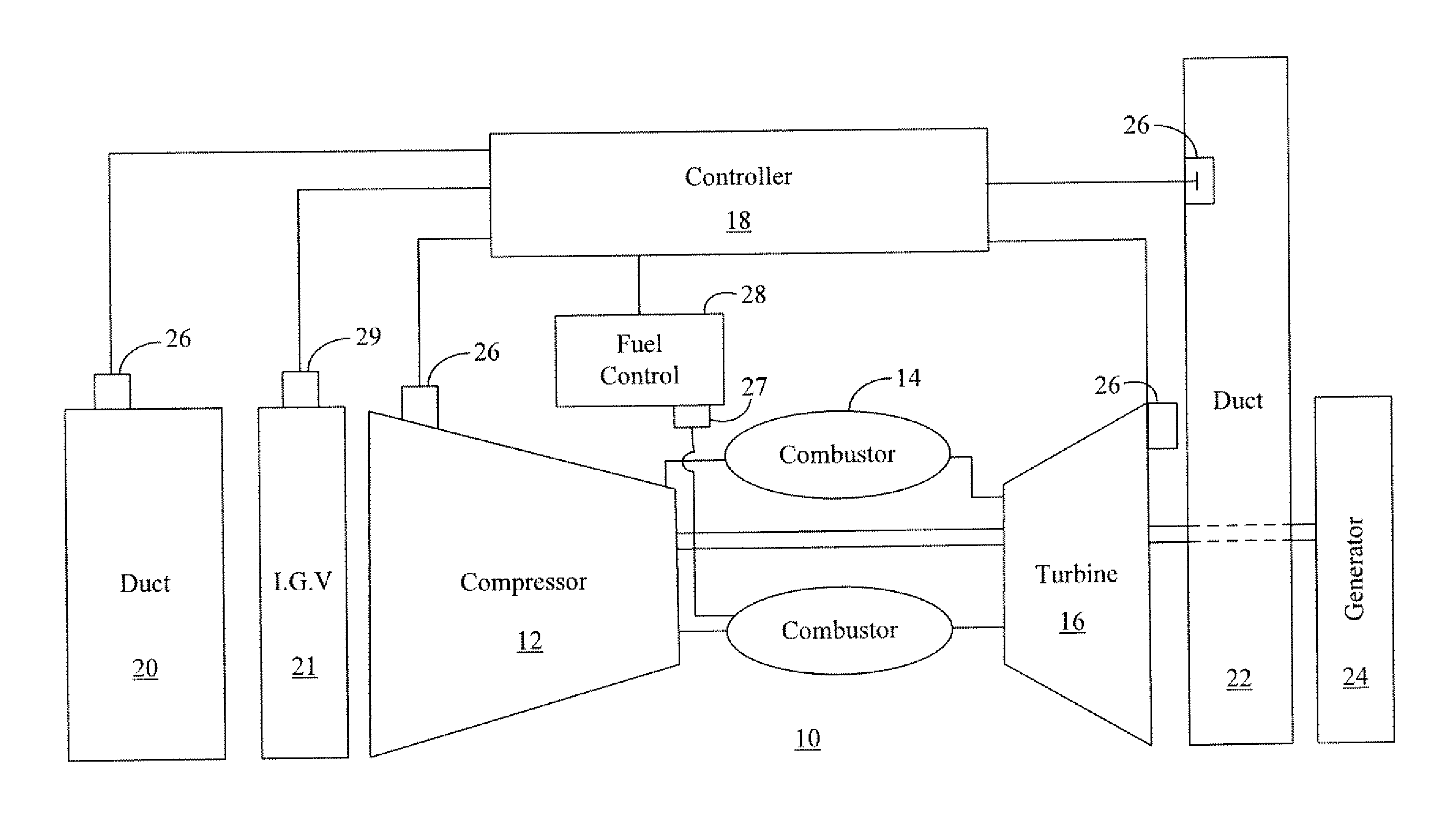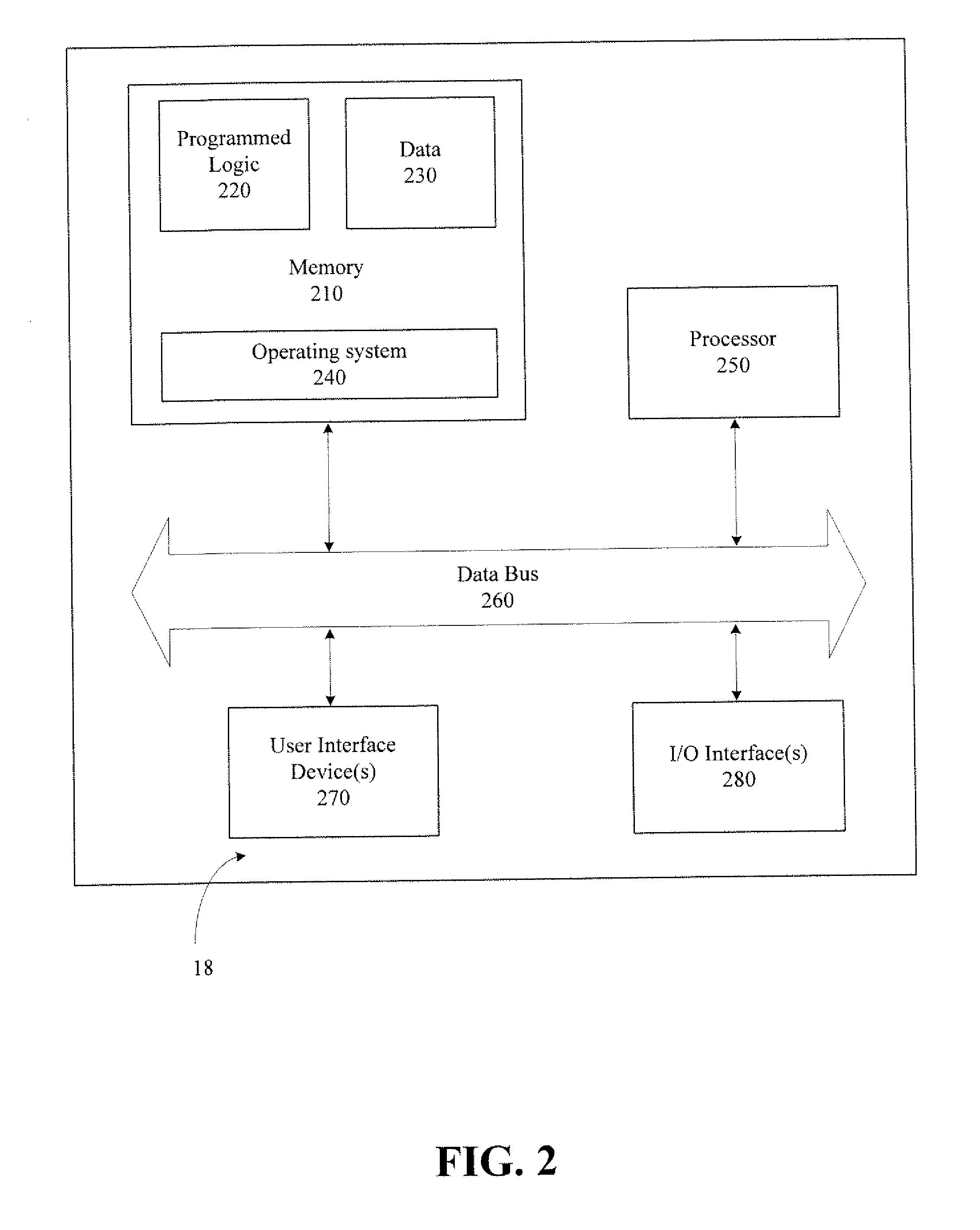Methods and Systems for Model-Based Control of Gas Turbines
a technology of model-based control and gas turbine, applied in adaptive control, process and machine control, instruments, etc., can solve the problems of affecting the operation of one or more operational boundaries, affecting the performance of the system, and sacrificing performance, so as to reduce the error term or terms.
- Summary
- Abstract
- Description
- Claims
- Application Information
AI Technical Summary
Benefits of technology
Problems solved by technology
Method used
Image
Examples
Embodiment Construction
[0017]The invention now will be described more fully hereinafter with reference to the accompanying drawings, in which example embodiments of the invention are shown. This invention may, however, be embodied in many different forms and should not be construed as limited to the example embodiments set forth herein; rather, these embodiments are provided so that this disclosure will satisfy applicable legal requirements. Like numbers refer to like elements throughout.
[0018]Embodiments of the invention can provide a model-based control system that allows for controlling a gas turbine. The model-based control systems described in detail herein allow for improved performance and operational flexibility. Performance and operational flexibility may be achieved, at least in part, through the use of systems and methods that incorporate models of gas turbine operational boundaries in an online control system that may be operated in real-time or in near-real-time. More specifically, certain em...
PUM
 Login to View More
Login to View More Abstract
Description
Claims
Application Information
 Login to View More
Login to View More - R&D
- Intellectual Property
- Life Sciences
- Materials
- Tech Scout
- Unparalleled Data Quality
- Higher Quality Content
- 60% Fewer Hallucinations
Browse by: Latest US Patents, China's latest patents, Technical Efficacy Thesaurus, Application Domain, Technology Topic, Popular Technical Reports.
© 2025 PatSnap. All rights reserved.Legal|Privacy policy|Modern Slavery Act Transparency Statement|Sitemap|About US| Contact US: help@patsnap.com



